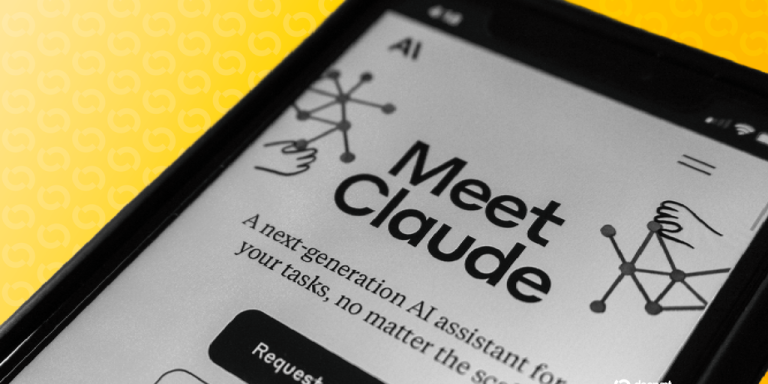
“
From Smart Fabrics to Health Monitors: The Wearable Tech Revolution of 2025
Introduction to Wearable Tech

Wearable Tech, from smart fabrics to health monitors, has become an integral part of our daily lives. The wearable tech revolution of 2025 is all about innovative devices that can be worn on the body to track various aspects of our health, fitness, and lifestyle. In this article, we’ll explore the latest advancements in wearable technology and their impact on our lives.
Smart Fabrics: The Future of Wearable Tech

Smart fabrics are a new generation of textiles that can sense and respond to their environment. These fabrics can be used to create clothing that monitors vital signs, tracks fitness levels, and even provides real-time feedback on performance. For instance, smart fabrics can be used to create shirts that monitor heart rate, blood pressure, and other vital signs, providing valuable insights into our health and wellbeing.
Applications of Smart Fabrics

Smart fabrics have a wide range of applications, from healthcare to sports and fitness. They can be used to create wearable devices that track physical activity, monitor sleep patterns, and even provide real-time feedback on athletic performance. Additionally, smart fabrics can be used to create clothing that adjusts to changing environmental conditions, such as temperature and humidity, providing optimal comfort and protection.
Health Monitors: The Wearable Tech Revolution

Health monitors are wearable devices that track various aspects of our health, from heart rate and blood pressure to sleep patterns and nutrition. These devices can provide valuable insights into our health and wellbeing, enabling us to make informed decisions about our lifestyle and habits. For example, health monitors can be used to track physical activity, monitor calorie intake, and even provide real-time feedback on mental health and stress levels. To learn more about the integration of health and technology, check out Wearable Tech in 2025: Bridging the Gap Between Health and Technology.
Types of Health Monitors

There are several types of health monitors available, from fitness trackers and smartwatches to wearable patches and implantable devices. Fitness trackers, such as Fitbit and Apple Watch, can track physical activity, monitor sleep patterns, and even provide real-time feedback on fitness goals. Wearable patches, such as those used to track glucose levels, can provide real-time feedback on health metrics, enabling us to take proactive steps to manage our health.
Wearable Devices: The Future of Tech

Wearable devices, from smart glasses to augmented reality headsets, are changing the way we interact with our surroundings. These devices can provide real-time feedback on our environment, enabling us to navigate complex spaces, track objects, and even communicate with others in new and innovative ways. For instance, smart glasses can be used to provide real-time feedback on navigation, track objects, and even translate languages in real-time.
Applications of Wearable Devices

Wearable devices have a wide range of applications, from gaming and entertainment to education and healthcare. They can be used to create immersive experiences, provide real-time feedback on performance, and even enable new forms of communication and collaboration. Additionally, wearable devices can be used to track physical activity, monitor sleep patterns, and even provide real-time feedback on mental health and stress levels.
Conclusion: The Wearable Tech Revolution of 2025

In conclusion, the wearable tech revolution of 2025 is all about innovative devices that can be worn on the body to track various aspects of our health, fitness, and lifestyle. From smart fabrics to health monitors, wearable devices are changing the way we live and interact with our surroundings. As technology continues to evolve, we can expect to see even more innovative applications of wearable tech, from smart contact lenses to implantable devices.




